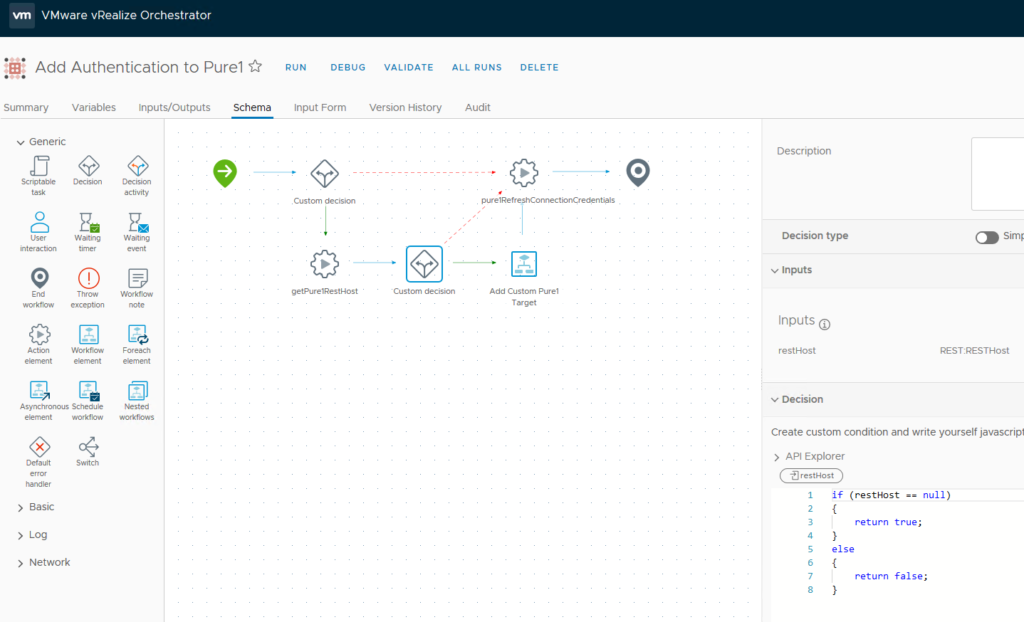About 6 months ago, my esteemed colleague Barkz blogged about our path forward with PowerShell. We have an official PowerShell SDK for managing the FlashArray–but it is limited to that: doing stuff to the FlashArray.
So to add value and make managing it within context of the layers you actually manage your infrastructure from (VMware, Microsoft, etc.) we created some value-add PowerShell modules to make it easier. Barkz talks about them here:

